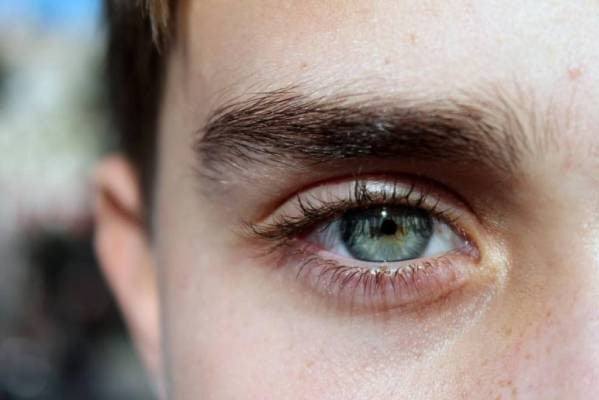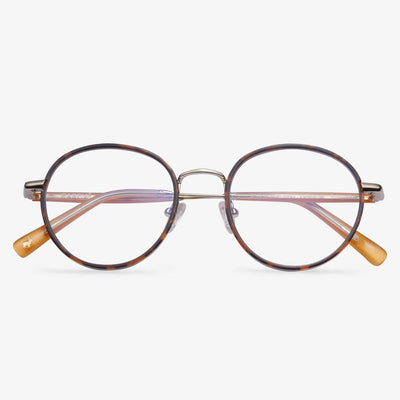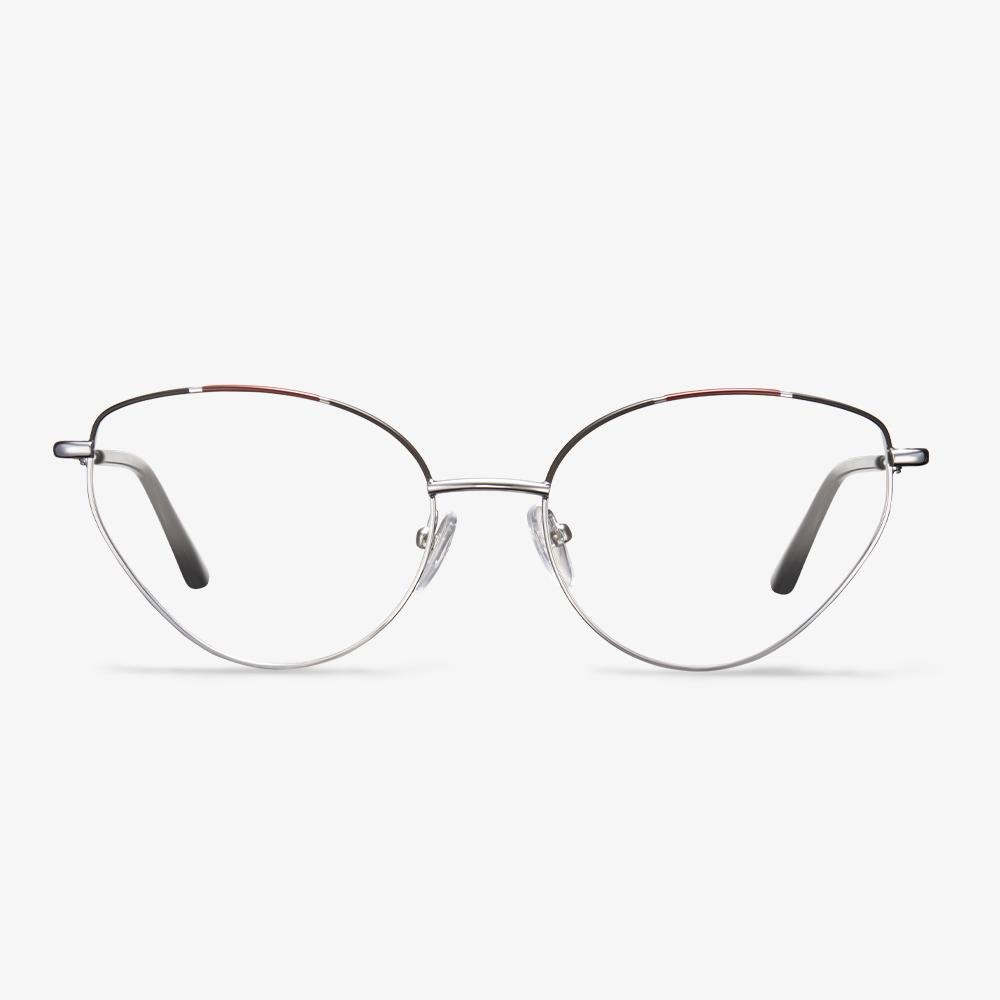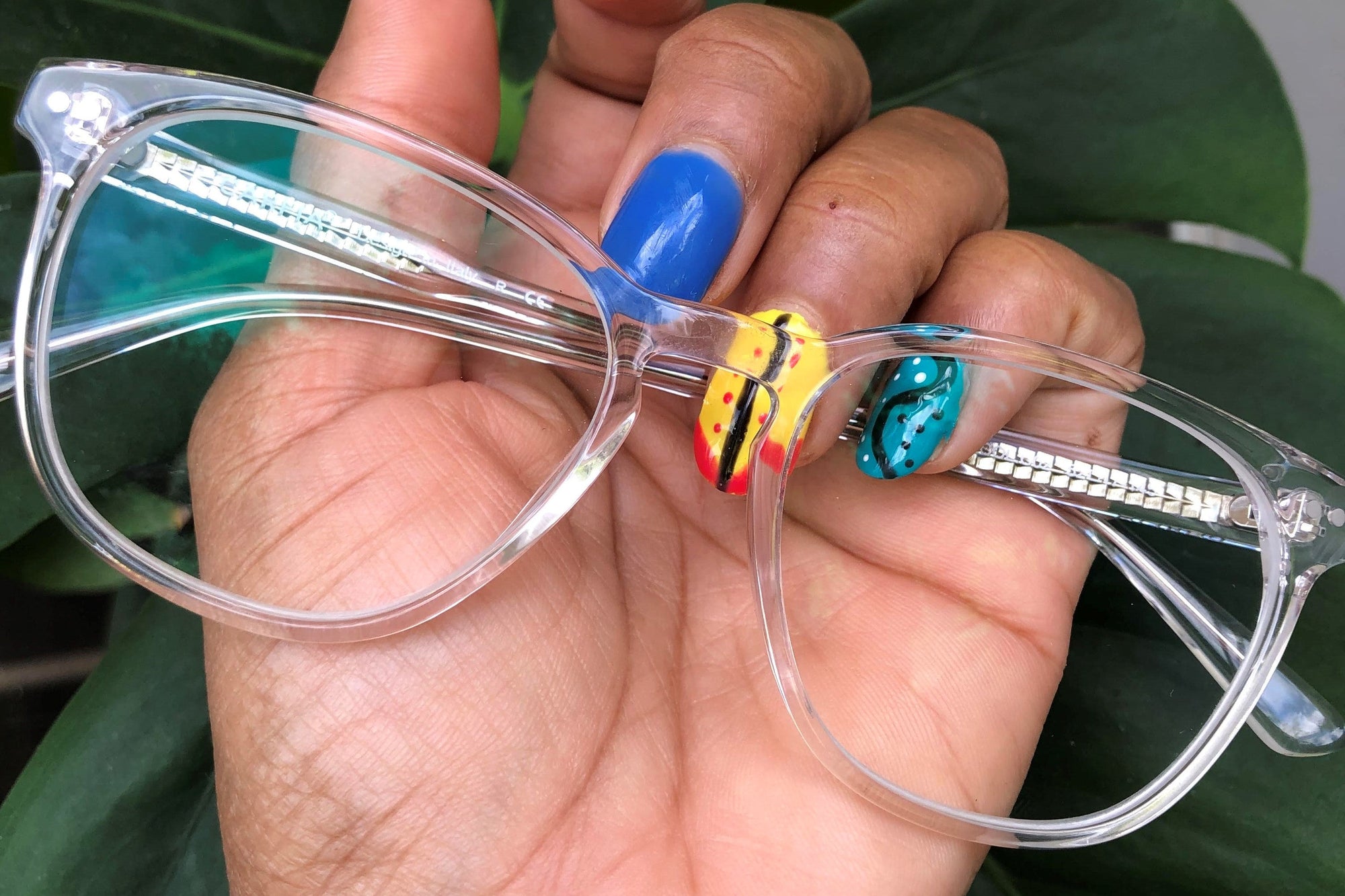Study On the Night Driving Glasses
Researchers at Harvard's Schepens Eye Research Institute recently conducted a study to find out if wearing night driving glasses while driving at night is good for vision. All 22 participants drove under four conditions that simulated night driving, wearing either yellow night driving glasses or glasses with clear lenses. Each participant drove with or without the headlight glare simulator activated to simulate the effect of oncoming traffic. The study found that wearing glasses while driving at night didn't seem to improve: how well the participants were able to recognize pedestrians at night and negative effects of headlight glare on pedestrian detection. Our data suggest that wearing yellow lenses while driving at night does not improve performance at the most critical task: pedestrian detection, the study's authors said. A small 2019 study showed that night driving glasses can actually slow down visual reflection by a fraction of a second, making night vision worse.
Sports goggles
With the improvement of people's sports concept and sports protection concept, sports goggles are also widely welcomed. Safety glasses are worn during sports must have four major functions, safety (PC lenses), protection (TR-90 frame, soft and flexible), comfortable (non-slip nose pads and foot covers), and beauty (match sports and leisure clothing).
Sports goggles with shatter-resistant plastic lenses and side shields can prevent balls or sand from hitting the eyes. It can be fixed on the head without worrying about falling off during intense movements. The unique design of the rim of the frame makes the glasses very close to the human face and has a proper external isolation effect so that the human eye is not easy to be attacked by bacteria. The special lens has the functions of anti-fog, anti-shock, and ultraviolet rays, which is very suitable for outdoor activities.
Titanium is difficult to process.
Titanium is difficult to machine. Pure titanium is very soft and usually not suitable for use as titanium products, so other elements need to be rejoined. For example, ti-64, which is commonly used in the aviation industry, has to be mixed with many other elements to improve the performance of the metal.
Disadvantages of titanium glasses
Titanium and titanium glasses cost a lot to produce, requirements in buckling, stamping, cutting, and welding are very high, not easy to welding and electroplating.So the price is more expensive, only for high-end glasses frames.
What Do Progressive Glasses Mean?
Progressive lenses, also called PALs, are the most popular multifocal lenses today. They offer an effective and great-looking vision solution for individuals with presbyopia. The main benefit of progressive lenses is that they do not have a visible line bisecting the lens, but rather a seamless and gradual change in power as you move down the lens.
Rather than two or three distinct zones, progressive lenses offer a smooth transition of focal powers that covers the total range of clear vision from close to far and every point in between.
Recognize the identity
First of all, we should identify the logo of the pure titanium glasses frame. Usually, pure titanium glasses frame is on the supporting piece of the frame, and the inside of the temples is pure titanium.When online glasses need glasses retailers provide detailed pictures, to check if there is pure titanium.Usually, pure titanium frames are marked with 100% TITANIUM or PURE TITANIUM on the temples or lens.BetaTitanium stands are labeled BetaTitanium or β Titanium, which varies slightly from manufacturer to manufacturer.
Refractive index of spectacle lens
It is generally believed that the higher the refractive index, the better the spectacle lens. Such spectacle lenses are relatively thin, and of course, the price is a bit expensive. When the refractive index increases, the direction of the light entering the lens will change greatly, the focus will move to the lens, the focal length will be smaller, and the diopter will become larger. In order to keep the diopter unchanged, it is necessary to reduce the curvature of the lens, that is, to reduce the curvature of the mirror surface, so that the thickness of the lens can be reduced. This is why the larger the refractive index, the thinner the lens is. Under the same premise of other things, the larger the refractive index, the thinner the lens, the lighter and more beautiful the lens, and the higher the price, but the larger the refractive index is not the better.











































